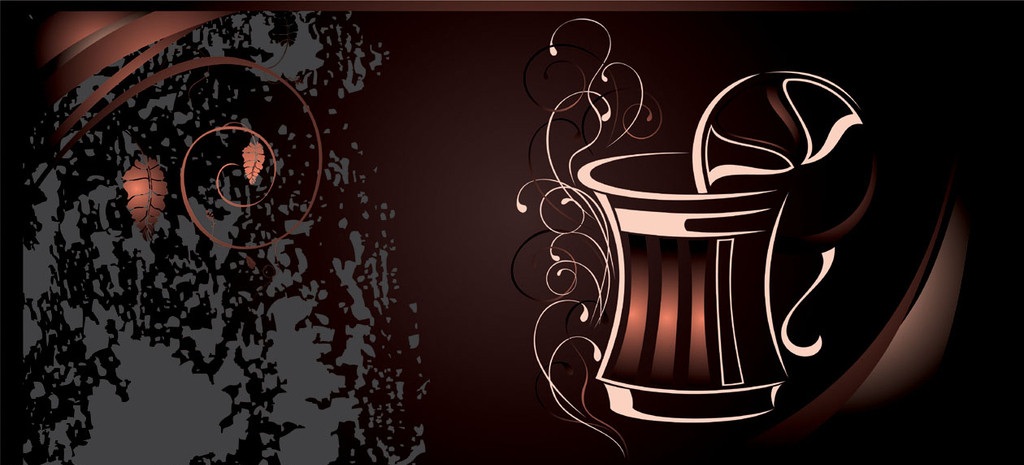What are the varieties of coffee trees in China?
What are the coffee trees in China?
Robasta coffee trees are native to Madagascar in central and western Africa and Indonesia in Asia, and their production accounts for about 20% to 30% of the world's production. Robasta coffee tree is suitable for planting in lowlands below 500 meters above sea level. It has strong adaptability to the environment. It can resist harsh climate, resist pests and diseases. It does not need too much artificial care when preparing soil, weeding and pruning. It can grow freely in the wild. It is an easy to cultivate coffee tree.
However, the finished product tastes bitter than Arabica, the caffeine content is also relatively high, and the quality is also inferior, so most of them are used to make instant coffee. Because it is mainly grown in Africa, most Africans drink robasta coffee.
Bourbon (Bourbon): tied with Tibica as an ancient fine variety. Some botanists even believe that Boben is a variant of the early Tibica transplanted to Yemen, and the bean shape changes from thin and pointed to round. It wasn't until 1715 that the French transplanted the Yemeni mocha round bean to the island of Bourbon on the east coast of Africa, which began to receive attention and the name round bourbon. Bourbon, which spread to Brazil and Central and South America in 1727, is also a round bean. In addition, in 1732 Britain transplanted Yemeni mocha to St. Helena Island, which is also a round bean. Interestingly, it did not pass through Bourbon Island, but was named Green Top Bourbon. Therefore, it is a big misunderstanding in the industry that all Bourbon beans in the world come from Bourbon Island. It is important to recognize the fact that there are many round-bodied bourbon beans that travel directly from Yemen without passing through Bourbon Island. In 1810, some of the round beans on Bourbon Island mutated into pointed beans, also known as "Bourbon pointed beans," whose caffeine content is only half that of ordinary coffee. The yield is low and the constitution is weak. It is extremely rare.
In addition to Ethiopia, the origin of Arabica, the mutant species or hybrid varieties cultivated or discovered in Central and South America, India and East Africa at present are mainly Tibica and Boben, and the gene complexity is far less than Ethiopia, which is the main reason why Arabica outside Ethiopia is weak and disease resistant.
In addition, the biggest common ground between Bourbon and Tibica is that they must have shade trees to help block the sun. These two ancient varieties, such as trees without shade, will adversely grow and develop flavor

Important Notice :
前街咖啡 FrontStreet Coffee has moved to new addredd:
FrontStreet Coffee Address: 315,Donghua East Road,GuangZhou
Tel:020 38364473
- Prev

Why Starbucks is optimistic about the Chinese and Indian markets
In China, the coffee industry has maintained rapid development in the past decade, and we can realize this only from the growth rate of the number of domestic cafes. Starbucks CEO Ying Schultz once said: I wouldn't be surprised if one day Starbucks has more stores in China than in the United States. Schultz is not only optimistic about the Chinese market, but also believes that the Indian market has great potential for development.
- Next

Yunnan Coffee Industry is expected to take off
At present, the coffee beans in Yunnan are of good quality only when they are on the trees, but not necessarily when they are picked. Yang Zhiqi, chairman of Lincang Lingfeng Industry (Group) Co., Ltd., is very saddened by the extensive cultivation of coffee in Yunnan: farmers harvest coffee in a unified way along the coffee forest, mixing coffee fruits of different quality into a pile.
Related
- What effect does Italian American coffee with filter paper have? Will coffee taste better if it is put on filter paper at the bottom of the powder bowl?
- What is the color difference in coffee beans? What are the characteristics of honey processed coffee beans? Why are the anaerobically treated coffee beans uneven in color?
- How does novice Xiaobai quickly get started and make coffee? Newbies learn to make coffee by hand and share the specific steps and process process!
- Costa tea has a shelf life of 100 years?! Expert: Unable to verify
- It's a huge uproar! American milk addition was rejected by Manner employees?!
- Mocha pot coffee bean recommendations| How fine and how much powder should be used for grinding? What parameter ratios do I need to use to make milk with Mocha pot coffee?
- What are the characteristics of the world's top ten coffee beans treated with Costa Rica honey? How to make black honey kadura from Tarazhu Pilon Processing Plant taste good?
- How to make deep-roasted coffee? What grinding water temperature does authentic Jamaica Blue Mountain No. 1 coffee use to brew it well?
- Selected high-grade rose summer coffee flavor tasting guide Why Panama rose summer has the aroma of flowers and fruits
- What equipment does a novice Xiaobai need to buy to learn to make coffee? Filter cup electronic scale bean grinder manual flushing pot purchase guide

